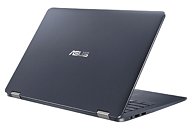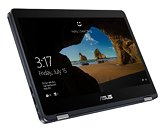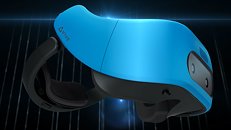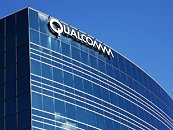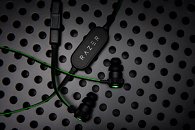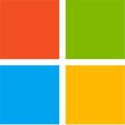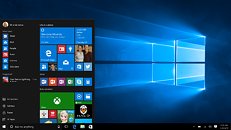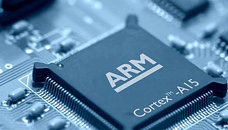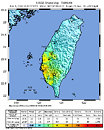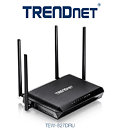
HP ENVY x2 Pushes the Boundaries of Mobile Computing
HP Inc. today unveiled the HP ENVY x2, an Always Connected PC that combines the best of a smartphone experience with the best of a Windows PC. Impossibly thin and incredibly durable, the HP ENVY x2 offers lightning fast 4G LTE and Wi-Fi and features the world's longest battery life in a Windows detachable. The striking HP ENVY x2 utilizes the Qualcomm Snapdragon 835 Mobile PC platform, giving users the freedom to be mobile with instant-on access to applications. With up to 20 hours of battery life, the detachable PC is built to enhance video streaming for binge-watching and provides flexibility and connectivity to perform daily tasks while on the go.
"A growing number of consumers are looking for more reliable connectivity throughout their days, and they are twice as likely to purchase a PC when it comes with built-in 4G LTE," said Kevin Frost, vice president and general manager, consumer personal systems, HP, Inc. "The HP ENVY x2, with the world's longest battery life in a Windows detachable PC, delivers the next generation of Always Connected PCs by providing a seamless experience anywhere life takes you."
"A growing number of consumers are looking for more reliable connectivity throughout their days, and they are twice as likely to purchase a PC when it comes with built-in 4G LTE," said Kevin Frost, vice president and general manager, consumer personal systems, HP, Inc. "The HP ENVY x2, with the world's longest battery life in a Windows detachable PC, delivers the next generation of Always Connected PCs by providing a seamless experience anywhere life takes you."




